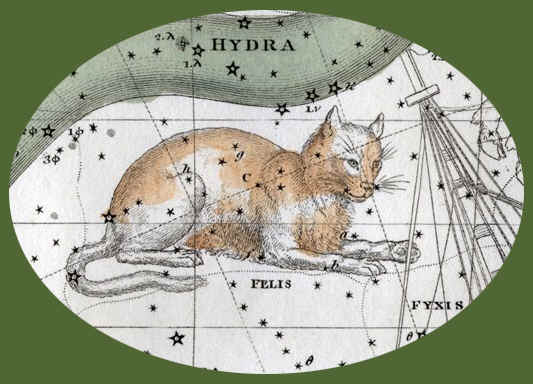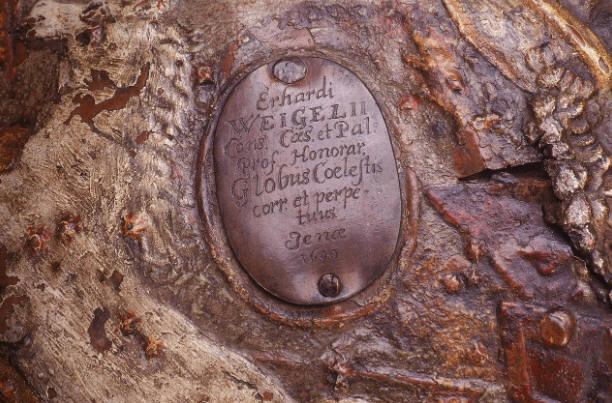
|
Erhard Weigel |
Globus Coelestis corr. et perpetuus, Jena 1699
|
Erhard Weigel
Globus Coelestis corr. et perpetuus, Jena 1699

Segue da:
http://www.atlascoelestis.com/Weigel%20cometa%201652%201653.htm
http://www.atlascoelestis.com/Weigel%20Cometa%201665.htm
http://www.atlascoelestis.com/Weigel%201672%20base.htm
http://www.atlascoelestis.com/Weigel%20cometa%201680%20Pagina%20base.htm
http://www.atlascoelestis.com/Weigel%20Europaeum%201661.htm
http://www.atlascoelestis.com/Weigel%201689.htm
http://www.atlascoelestis.com/weigel%201661.htm
Pubblico il globo celeste del 1699 di E. Weigel e la scheda che lo presenta per cortesia di

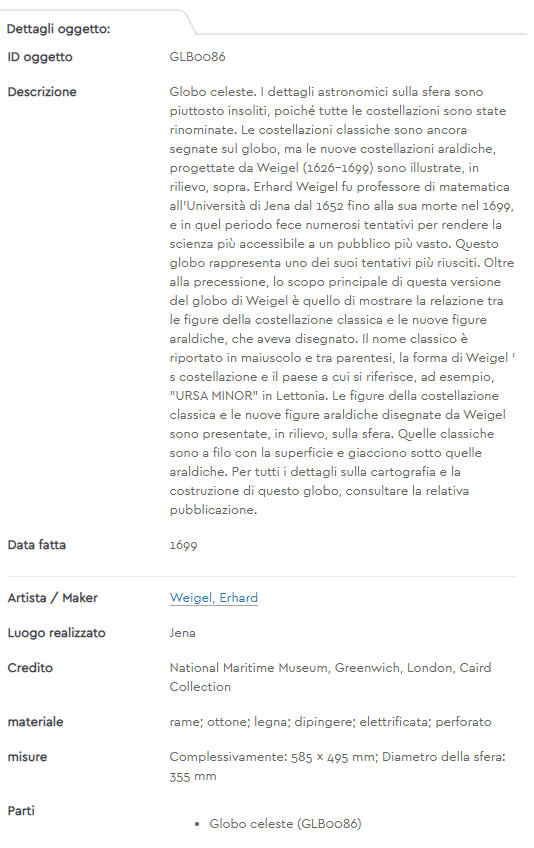
https://collections.rmg.co.uk/collections/objects/19773.html
Weigel, Erhard
Weigel was born in Weiden in the Oberpfalz and studied mathematics in Leipzig. In 1652, he became Professor of Mathematics at the University of Jena, where he lived until his death. In particular, he is remembered for his attempts to find new ways to make science accessible to a wider public. His design of a new heraldic precession globe is one of the more remarkable results of these efforts. His globes were made of various metals and in two sizes, 27.5 cm and 35.5 cm
Description Celestial globe
Astronomcial details on the sphere are rather unusual, as all the constellations have been renamed. The classical constellations are still marked on the globe, but new Heraldic constellations, designed by Weigel (1626-1699) are illustrated, in relief, over the top. Erhard Weigel was the Professor of mathematics at the University of Jena from 1652 until his death in 1699, and in that time he made numerous attempts to make science more accessible to a wider public. This globe represents one of his more successful attempts. Apart from precession, the main purpose of this version of Weigel's globe is to show the relationship between the classical constellation figures and the new heraldic ones, which he had designed. The classical name is given in capitals, and in brackets, the shape of Weigel's constellation and the country to which it refers, for example, 'URSA MINOR' in Latvia. The classical constellation figures and the new heraldic ones designed by Weigel are presented, in relief, on the sphere. The classical ones are flush with the surface and lie underneath the heraldric ones. For full details about the cartography and construction of this globe please refer to the related publication.
Measurements: Overall: 585 x 495 mm; Diameter of sphere: 355 mm
Materials: copper; brass; wood; paint; electrified; perforated
Globus Coelestis corr. et perpetuus
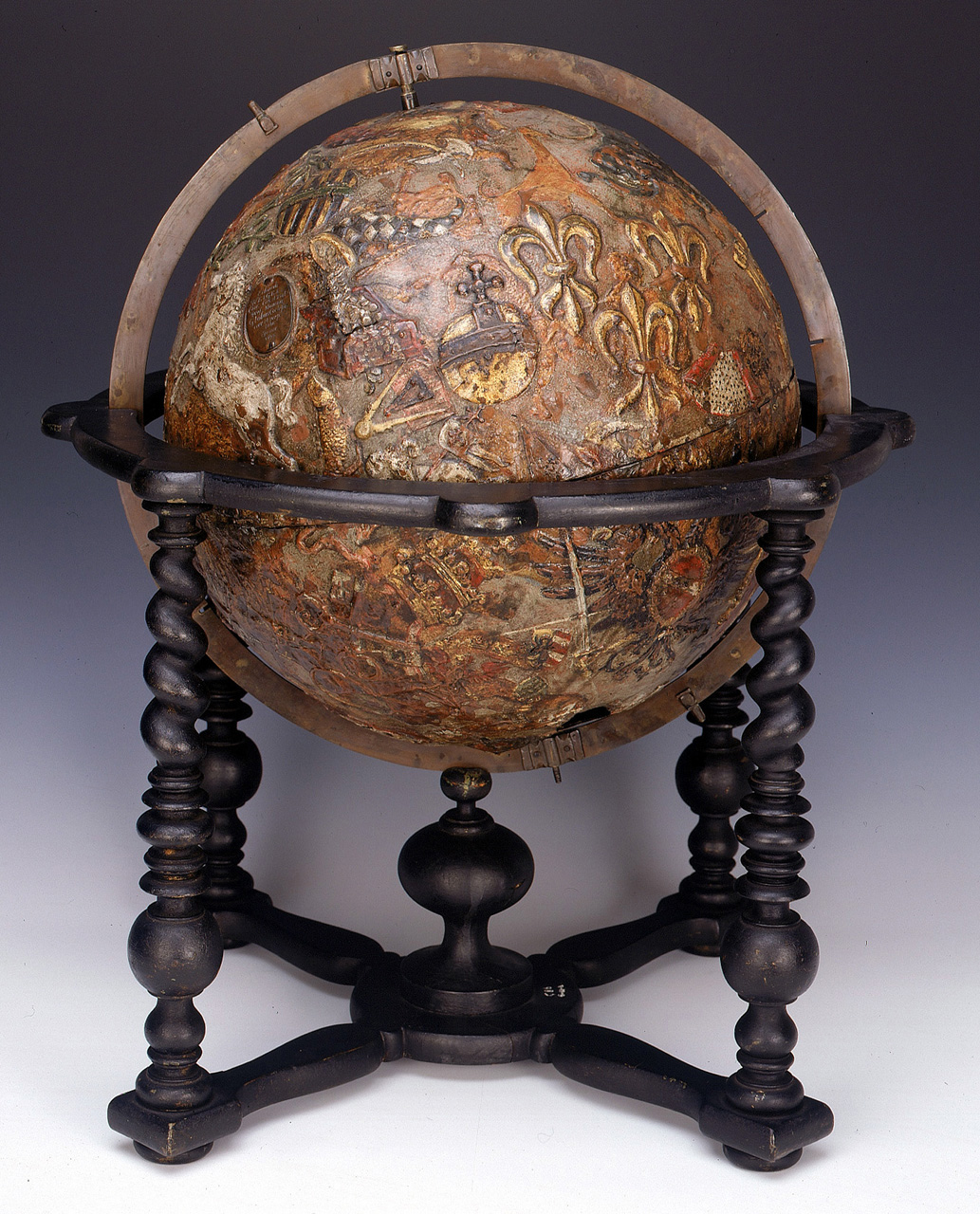
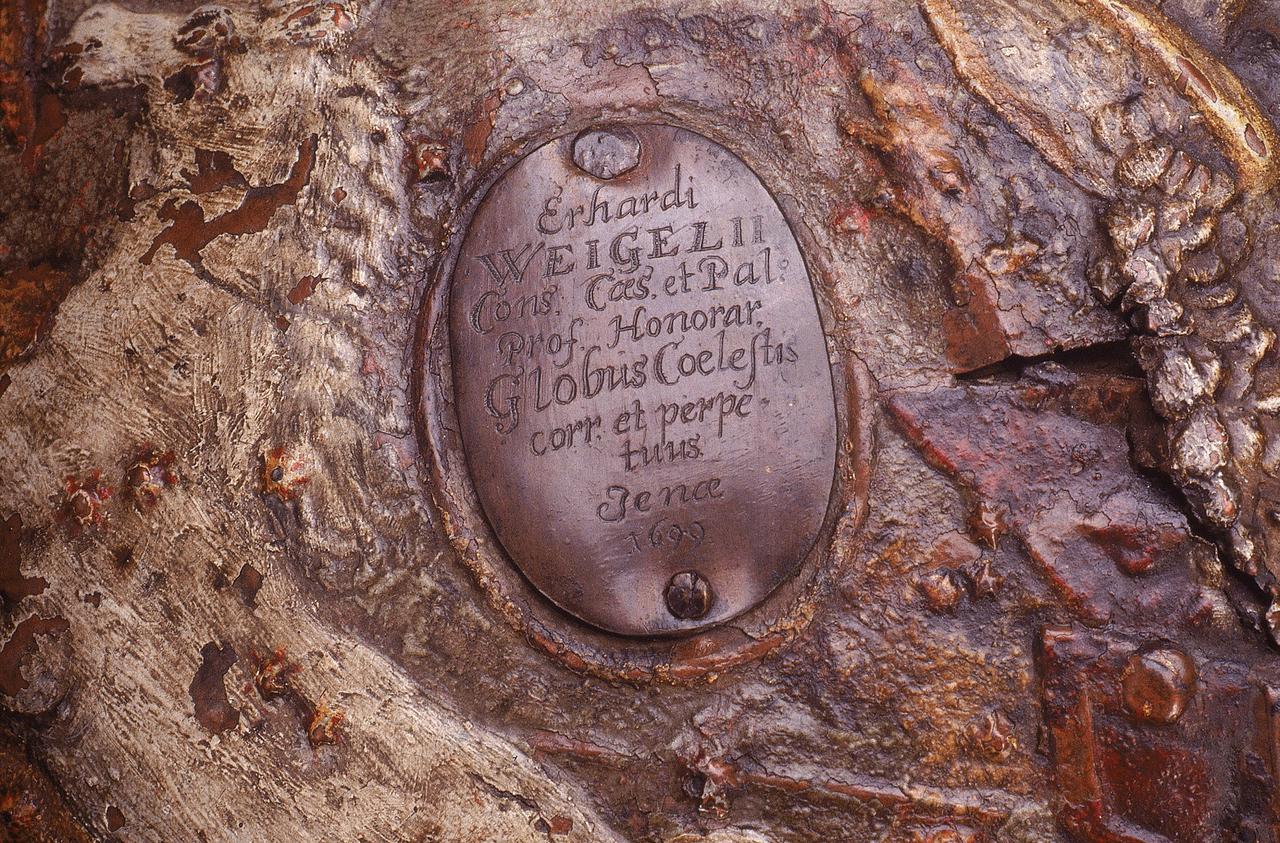
Bibliografia di Erhard Weigel
http://www.erhard-weigel-gesellschaft.de/weigeliana/literaturverzeichnis/werke/
http://www.erhard-weigel-gesellschaft.de/weigeliana/
Su E. Weigel leggi la seguente pagina per cortesia di

https://www.astronomie-nuernberg.de/index.php?category=personen&page=weigel-erhard
di FELICE STOPPA
GENNAIO 2020
